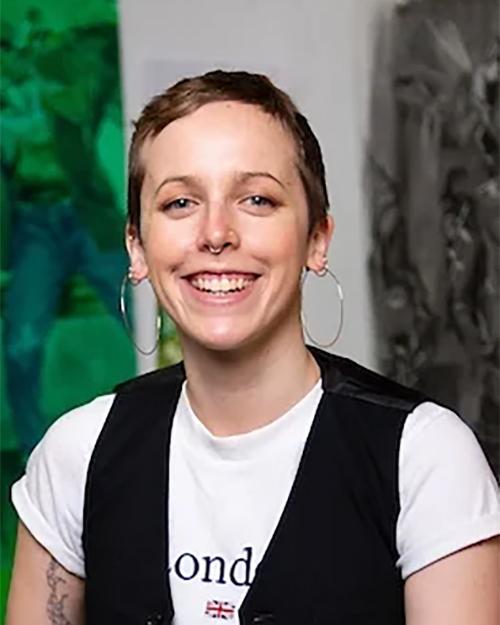
I didn't want to be boxed into working in just one medium. SMFA is supportive of artists with interdisciplinary practices.
The MFA in Studio Art program, offered through the School of the Museum of Fine Arts at Tufts, emphasizes intensive studio practice, creative collaboration, formal and informal mentorships, and rigorous academic discourse through an interdisciplinary studio art curriculum. During this two-year program, you'll join a vibrant and supportive community committed to making art that shapes our global society and collective future. Graduate studio courses are taught on the SMFA Fenway Campus in the Mission Hill Studio Building and Tufts' Medford Campus.
As an MFA student, you'll develop your studio practice with the support of faculty and fellow students with deep engagements and expertise across disciplines and mediums. You'll work closely with faculty and staff to develop a personalized studio curriculum, and will have access to resources across Tufts. MFA students take part in seminars that explore a variety of subjects within contemporary art, and critiques and Review Boards serve as a crucial driving force in the growth and transformation of your practice.
Our faculty are successful working artists and seasoned educators with broad professional networks and a commitment to supporting emerging artists. Through their teaching and mentorship, you will be guided in the development of your own unique artistic practices. Through the MFA program, you'll advance your presentation, research, and art-making skills, and position yourself for a long and productive independent art practice.
You may choose to apply to the Master of Fine Arts program with an optional concentration in Museum Studies. With this option, the Museum Studies certificate program's five courses (two required, three electives) will count toward a student's non-studio course requirements for the MFA program.
In addition to the general application requirements, the program requires the following supplemental information:
Applications received after the priority deadline will be reviewed on a space-available basis.
Admitted MFA applicants will have the option of applying into the Museum Studies Concentration after receiving their MFA admission decision.
Applicants to the Museum Studies Concentration must submit a 400-word supplemental essay explaining your experience with and/or interest in museum work, as well as what you hope to gain from the concentration. This document can be submitted directly to SMFA Graduate Admissions via email.
See Tuition and Financial Aid information for GSAS Programs. Note: This program is eligible for federal loans and Tufts tuition scholarships.

I didn't want to be boxed into working in just one medium. SMFA is supportive of artists with interdisciplinary practices.

At Tufts, the interdisciplinary program opened up a world of possibilities. I found so many opportunities to explore different art forms, and I gained a kind of confidence I couldn't have imagined before-the confidence, for example, to put together a sculptural installation or create music.
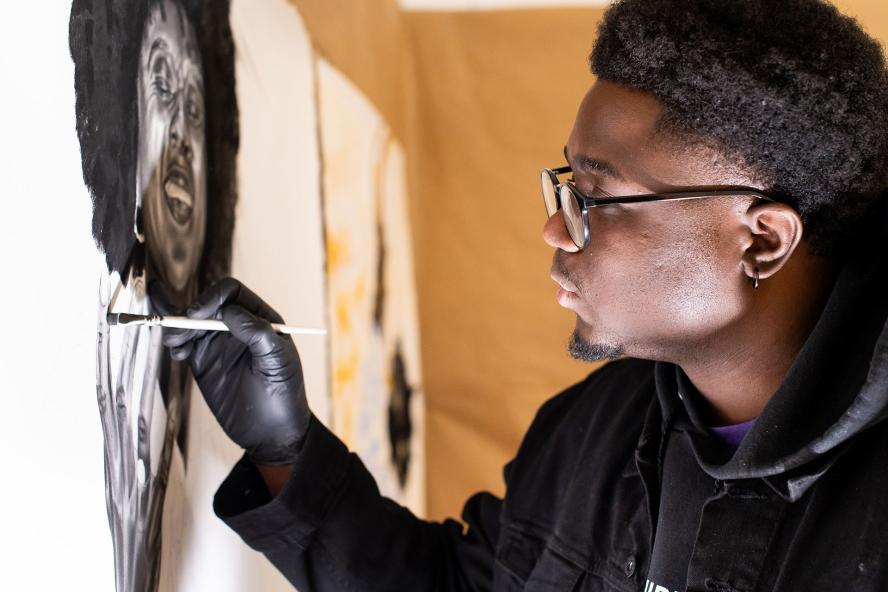
Average Salary: $80K+
Average Age: 28
*Sources: GSAS-SOE Graduate Exit Survey 2020 - 2021 and Academic Analytics (Alumni Insights)












Research/Areas of Interest: digital media, history, representation, videogames, 3d, painting






Research/Areas of Interest: Ecology, Artistic Upcycling, Recycling,


Research/Areas of Interest: Her research spans many forms of visual culture: she has published and presented on how new scientific approaches to the unconscious mind informed the work of American artists and critics in the early 20th century; on poetic satire and pictorial criticism of modernism in the 1916 Spectra hoax; on transatlantic encounters with the oceanic commons in art; on coordinated human and animal aesthetics in millinery fashion; and on the fabrication and perception of fly fishing lures, among other examples of 19th century 'ecologies of mind.'
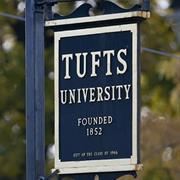

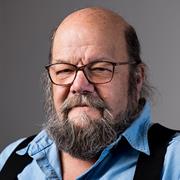





Research/Areas of Interest: He specializes on the sculpture and architecture of the Mexica (Aztec) and socio-political history and visual culture of colonial Mexico. His interests include visual manifestations of indigenous governance, Pre-Columbian architecture and urbanism, global interactions of the sixteenth and seventeenth century, colonial and post-colonial visual strategies, Open Churches of Sixteenth Century Mexico, the Habsburg empire, kunstkammer, museum studies, and modern architectural history.


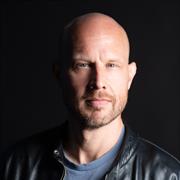









Research/Areas of Interest: Art and Civic Engagement, Socially Engaged Art, Social Practice Art, Intersectional Feminism, Art and Collaboration, cycles of violence, migration and displacement, discrimination, LGBTQIA+ rights, Animal rights, Sexual Assault, violence against women




Research/Areas of Interest: Animation and Filmmaking, New Media, Decolonisation


















Research/Areas of Interest: Print Media, Multiples, Performance, Sculpture, Installation, Site-Responsive Projects, Writing, Sound, Graphics, Publications, Ephemera
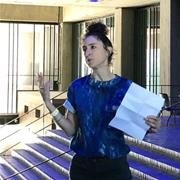







Research/Areas of Interest: Cinema and Moving Image Studies, Cinema History and Aesthetics, Visual Culture Studies


Research/Areas of Interest: In my work, I access contemporary social issues by making connections with personal narratives, history, and popular culture. I freely combine research methodologies and artistic strategies from various disciplines such as photography, documentary, graphic design, performance, storytelling, installation, and social interventions. My work is project based. I draw from academic research as much as intuitive explorations in the graphic arts. I explore projects over the span of several years the work can transform into exhibitions, installations, publications, performances and street happenings. . As I approach my work from a conceptual frame, the form is wide ranging; fabric banners, to ceramic plates, oil paintings produced in factories, resin cast sculptures and news media ads. Often the project culminates in an artist's publication. Educated as a designer I've used the computer since the mid-80s and was actively participating in the digital revolution that came through image manipulation software, desktop publishing, internet communication, web publishing and more recently mass customization. Text and language is an inherent part of my work; interviews, personal narrative, found text, all have the potential to contextualize the imagery. The book format allows me to develop an idea in much greater detail and create dialogues outside art establishments where it can reach a wider audience. With my collaborator (and husband) Mike Mandel, I actively interact with the media as part of the work. We have given press conferences and staged street events to open the work to a non-art audience. . Under the imprint of Eighteen Publications, Mike and I have self-published several artist's books. Our combined skills in photo, graphic design, printing and publishing enables us the artistic freedom from the industry. We are committed to create works of art that are cheap and accessible to a wider audience. As my studio practice evolves, I have embraced the rapid changes in technology and in recent years I've also used print-on-demand technology and Risography along with offset printing to produce and distribute my work.